Dog aggressive in dogs can be a concerning and dangerous behavior, causing harm to people and other animals. But what drives dogs to become dog aggressive with food? In this post, we’ll explore the underlying reasons and factors that contribute to aggression in dogs.
Aggression in dogs can be a complex and multifaceted issue, arising from a combination of genetic, environmental, and social factors. Understanding the underlying causes of aggression is crucial for developing effective prevention and intervention strategies.
Dog aggressive can be a complex and concerning issue for pet owners. While it’s often seen as a negative behavior, it’s important to understand the underlying causes to address it effectively.
“20 Reasons Why Become Dog Aggressive”
- Fear and Anxiety: Dogs may become dog aggressive when they feel fearful or anxious. This can be due to various factor such as loud noises, new environments, or encountering strangers. When dogs are afraid, they may exhibit defensive behavior, including growling, snapping, or biting. Dog aggression rooted in fear or anxiety is a complex behavioral issue that can significantly impact a dog’s quality of life and its relationship with humans and other animals.

- Territorial Protection: Dogs have an innate instinct to protect their territory, families, and resources. This can lead to aggression when they perceive a threat, such as an intruder or another animal entering their space. Dogs defend their territory, family, and resources. Territorial aggression is a type of canine behavior where a exhibits dog aggressive behavior to protected their perceived territory. This territory can include their home, yard, or even specific objects or people they consider their own. While it’s a natural instinct for dogs to protect their territory, excessive or uncontrolled territorial aggression can pose a significant risk to both the dog and others.

- Pain and Discomfort: Dogs in pain or discomfort due to medical issues or injury may become irritable and dog aggressive. This is a natural response to protect themselves from further harm. When a dog becomes aggressive, it’s often attributed to behavioral issues or a lack of training. However, a significant factor that’s often overlooked is pain. Pain-elicited aggression is a defensive behavior exhibited by dogs experiencing discomfort or pain. This aggression is a way for the dog to communicate that they are in pain and want the discomfort to stop.
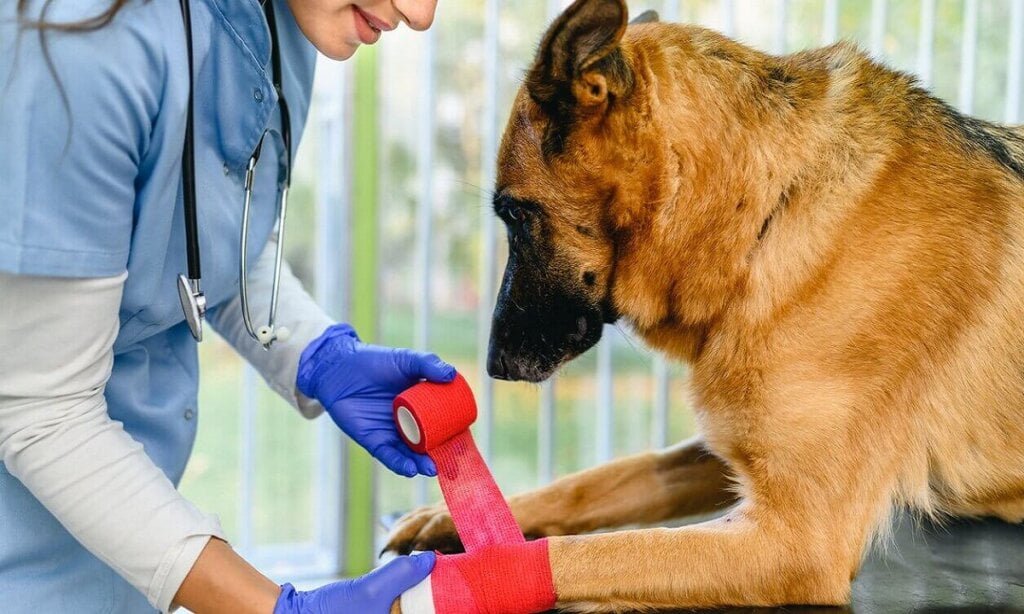
- Lack of Socialization: Insufficient socialization can lead to aggression. Insufficient socialization and training can lead to dog aggressive in dogs. Socialization helps dogs develop good behavior and interact calmly with people and other animals. Training teaches dogs to respond to commands and behave appropriately. Socialization is the process of exposing a puppies to a wide variety of people, dogs, and environments during their critical socialization period (typically from 3 to 16 weeks of age). This exposure helps puppies learn appropriate social behaviors and develop confidence.

- Lack of Training: A lack of training is a significant contributor to dog aggressive. Without proper training, dogs may develop behavioral problems, including aggression. Dog aggression can manifest in various ways, from growling and barking to physical attacks. While some dogs may be naturally more assertive or protective, the root cause of aggression in many cases lies in inadequate training and socialization.
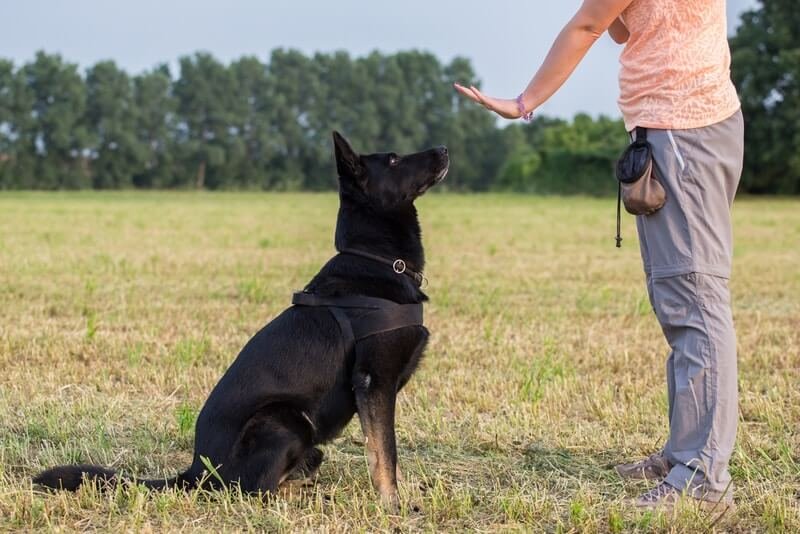
- Genetics and Breed Characteristics: Some breeds and individual dogs may be prone to aggression due to genetic factors and breed-specific traits. However, proper training and socialization can help mitigate this. While the topic of dog aggressive is often surrounded by misconceptions and stereotypes, it’s essential to approach it from a nuanced perspective. Canine aggression is a complex issue influenced by a combination of genetic predispositions and environmental factors.

- Environmental Factors: Environmental factors like abuse, neglect, or exposure to violence can contribute to aggression in dogs. Dogs may learn dog aggressive behavior from their environment or develop fear-based aggression. Environmental factors play a significant role in shaping a dog’s behavior, including its propensity for aggression.
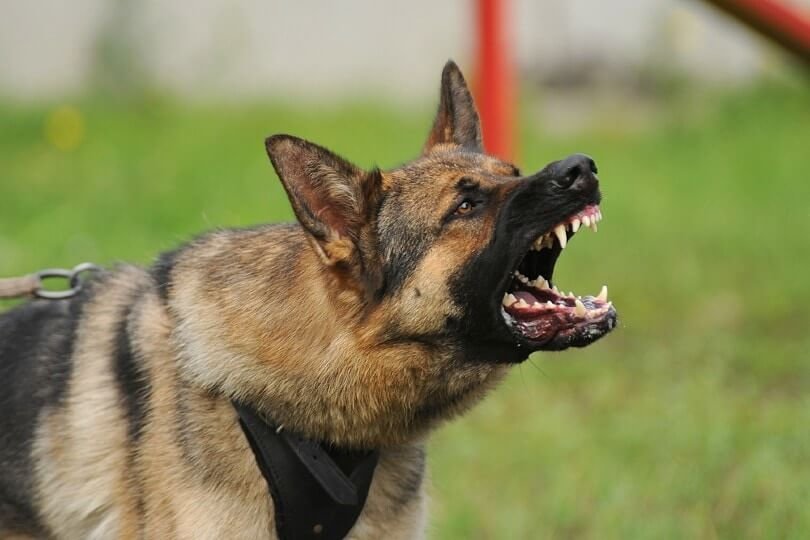
- Medical Conditions: Certain medical conditions, such as hypothyroidism or neurological disorders, can cause aggression in dogs. It’s essential to rule out underlying medical issues if aggression arises suddenly. While behavioral issues are often associated with dogs, it’s essential to consider the potential medical underpinnings of dog aggressive behavior. Many health conditions can influence a dog’s mood, perception, and response to stimuli.
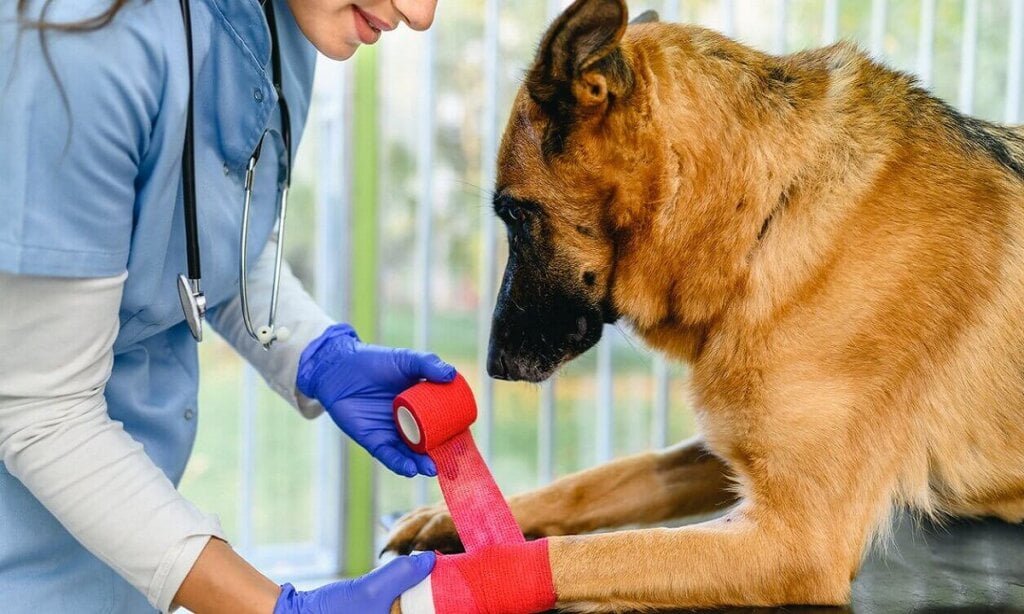
- Resource Guarding: Dogs may become dog aggressive when protecting food, toys, or resources. This is a natural behavior, but it can be managed with proper training and resource management. Resource guarding is a dog behavior where a dog protects or defends a valued item or space from perceived threats. This behavior can manifest in various ways, from growling and snapping to outright aggression. While it’s a natural instinct for dogs to protect their resources, it can become problematic when it escalates to dangerous levels.

- Maternal Instincts: Female dogs may become dog aggressive when protecting their puppies. This is a natural behavior, but it’s essential to socialize and train mothers to interact calmly with people. Dogs, like many animals, have strong maternal instincts. When a female dog gives birth, she’s naturally protective of her puppies, often displaying aggressive behavior towards anyone or anything she perceives as a threat. This is a normal and expected response. However, in some cases, this protective instinct can become excessive or misdirected, leading to dog aggressive behavior.
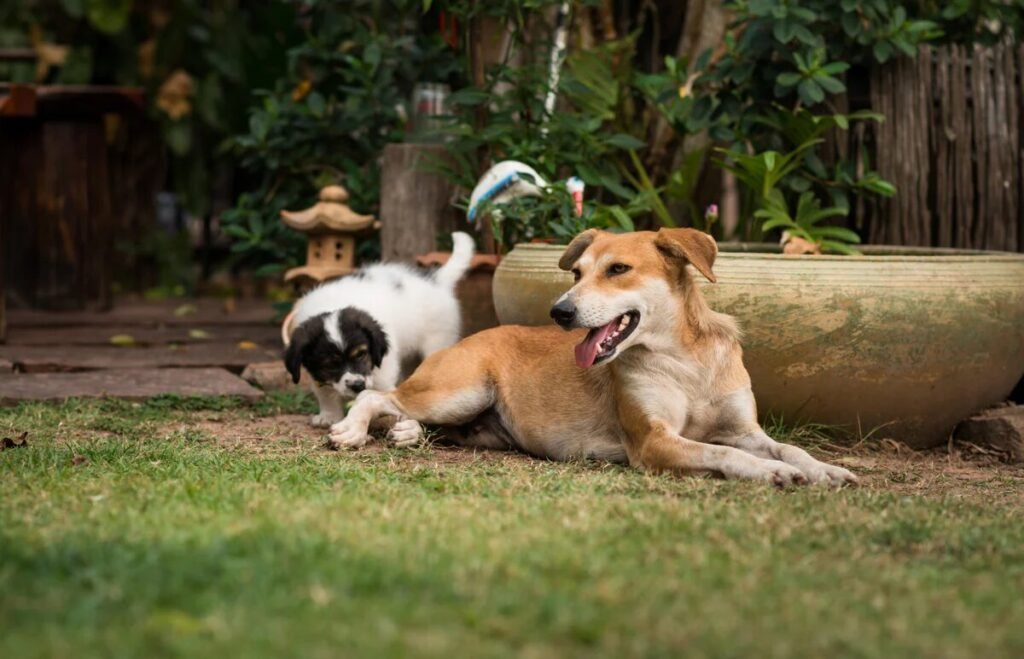
- Redirected Aggression: Dogs may redirect aggression towards people or other animals when they can’t access the source of their frustration. Redirected aggression occurs when a dog’s aggression toward one target is shifted to another, often due to frustration or barriers preventing the dog from reaching the initial target. This unexpected and potentially dangerous behavior can manifest in various ways, including growling, barking, snapping, or biting.
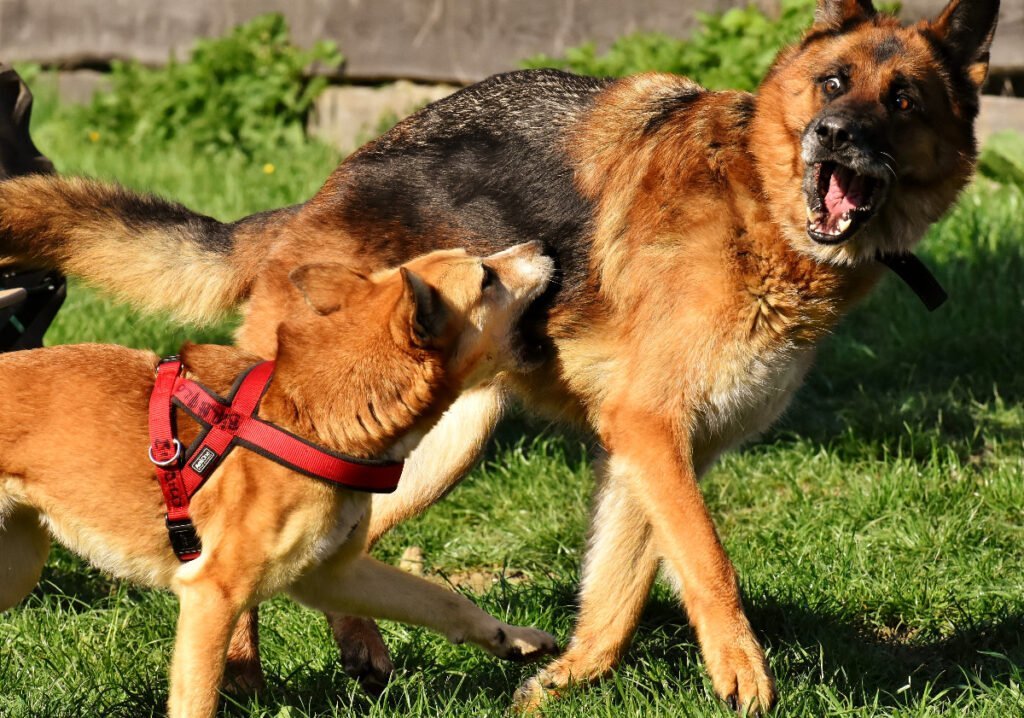
- Play Aggression: Dogs may exhibit aggression during play, especially if they’re overstimulated or haven’t learned appropriate play behavior. While both dog aggression and play aggression can involve similar behaviors like growling, barking, and biting, the underlying motivations and body language are distinct.
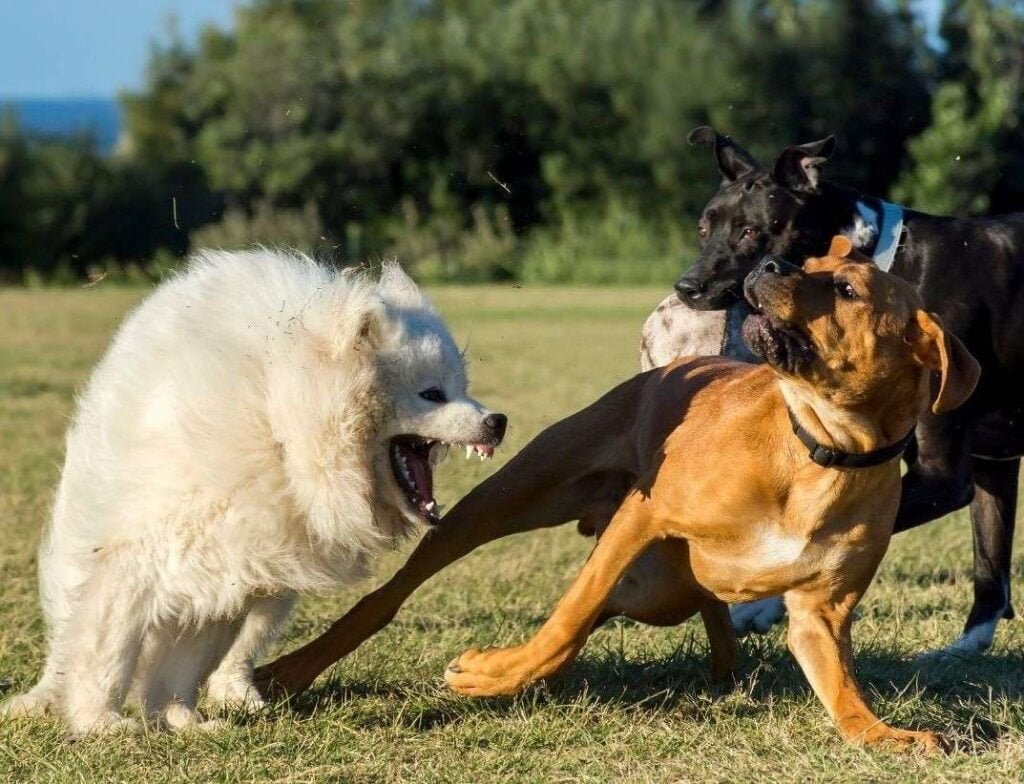
- Over stimulation: Dogs can become aggressive when overstimulated, such as in loud or chaotic environments. Over stimulation is a common cause of dog aggressive in dogs. It occurs when a dog is exposed to too much sensory input, leading to feelings of overwhelm and stress. This can manifest in various ways, including.

- Lack of Exercise: Insufficient physical and mental stimulation can lead to aggression in dogs. Dogs need regular exercise and mental stimulation to stay calm and focused. When a dog exhibits dog aggressive behavior, it’s often a complex issue with multiple contributing factors. One significant factor that’s often overlooked or underestimated is a lack of exercise. Dogs are naturally energetic creatures, and when they’re deprived of physical activity, their pent-up energy can manifest in negative ways, including aggression.

- Changes in Environment: Changes in a dog’s environment, such as moving to a new home or adding new family members, can cause aggression. Dogs, like humans, can experience stress and anxiety in response to changes in their environment. This stress can manifest in various ways, including dog aggressive behavior. Understanding the underlying causes of environmental-related aggression can help pet owners address the issue effectively.

- Changes in Family Dynamics: Changes in family dynamics, such as a new baby or conflict among family members, can lead to aggression in dogs. The introduction of a dog into a family can be a joyous occasion, but it can also lead to unexpected challenges, especially if the dog exhibits dog aggressive behavior. Aggression can strain relationships, create fear, and even lead to the re homing of the dog. Understanding the potential impact of dog aggression on family dynamics is crucial for addressing the issue and maintaining a harmonious household.
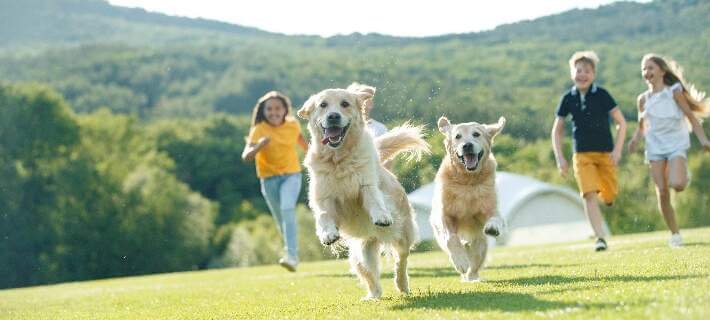
- History of Trauma: Dogs with a history of trauma may become dog aggressive due to fear-based behavior. This is a general overview of how trauma can lead to aggression in dogs. Every dog’s experience is unique, and it’s essential to consult with a qualified animal behaviorist for personalized advice.

- Breed-Specific Traits: Certain breeds may exhibit aggression due to breed-specific traits, such as guarding or hunting instincts. While the phrase “aggressive dog breeds” is often used, it’s important to understand that no breed is inherently aggressive. A dog’s behavior is influenced by a complex interplay of genetics, environment, and training. However, certain breeds may have historical or genetic predispositions that could make them more likely to exhibit aggressive behaviors if not properly raised and socialized.

- Hormonal Imbalances: Hormonal imbalances can contribute to aggression in dogs, especially if left untreated. While hormonal factors can play a role in dog aggression, it’s important to note that this is often a complex interplay of various factors, including genetics, environment, and upbringing. Hormonal imbalances can contribute to dog aggressive behavior in some cases, but they’re not the sole cause.
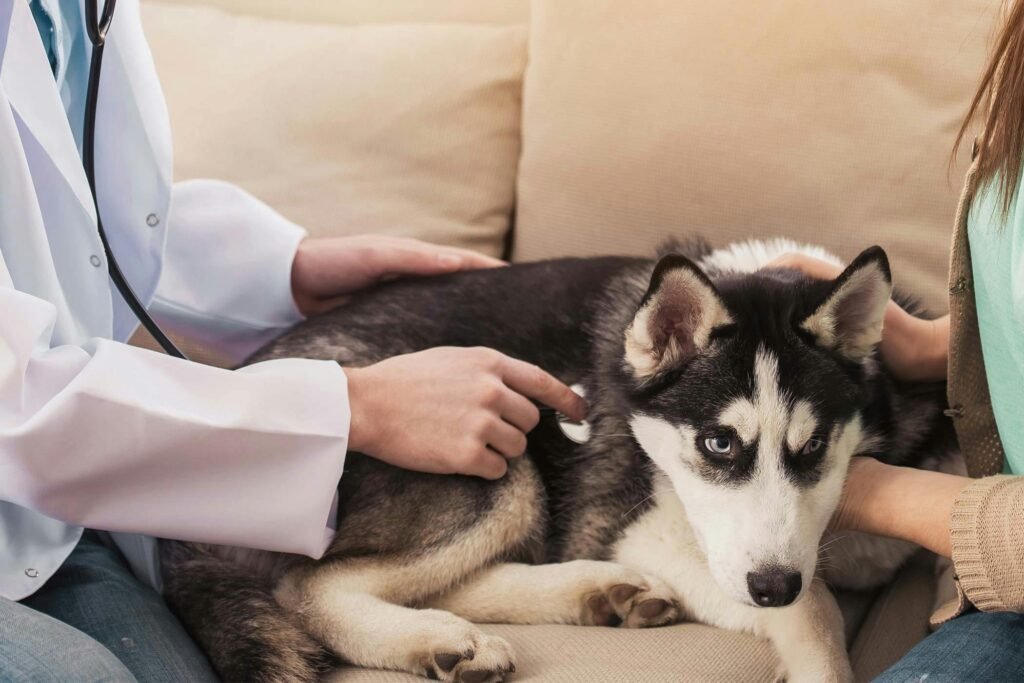
- Learning Behavior: Dogs may learn aggressive behavior from other dogs or environments, highlighting the importance of proper training and socialization. Dog aggression is a complex issue that can arise for various reasons. It’s important to understand that not all dogs are naturally dog aggressive, and many aggressive behaviors can be learned or influenced by environmental factors.
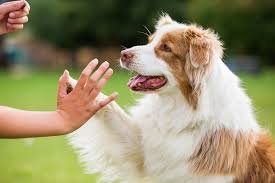
Conclusion
In conclusion, dog aggression is a complex issue that can arise from a combination of genetic, environmental, social, medical, and training-related factors. Understanding these underlying causes is crucial for developing effective prevention and intervention strategies.
Read More Some Article

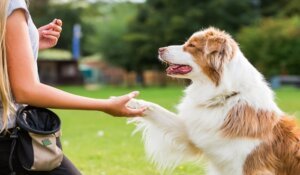





1 thought on “Why Become Dog Aggressive”